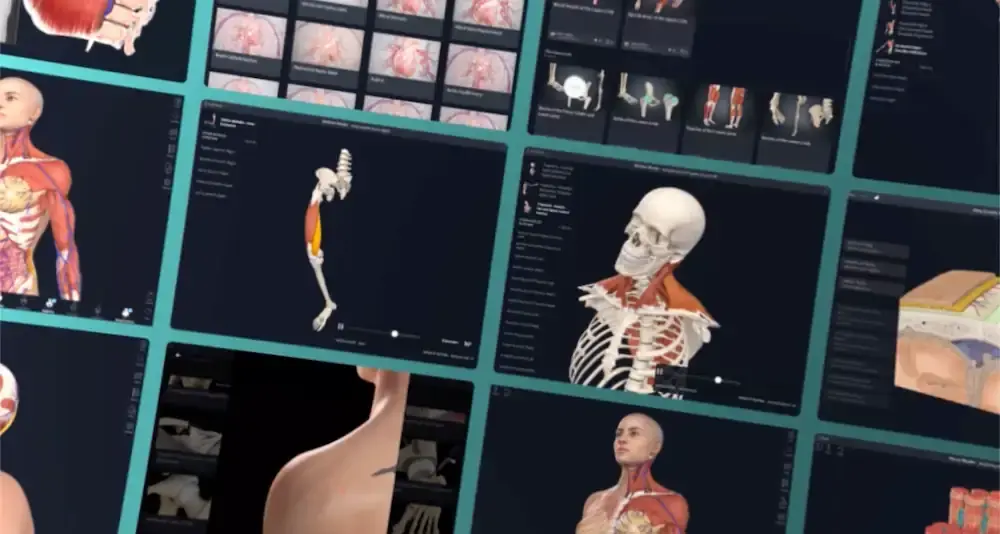
Mucosa of Vagina (Posterior Wall; Right) Structure/Morphology
The mucosal layer of the vagina consists of a nonkeratinized stratified squamous epithelium that has several transverse folds called rugae. The epithelial cells produce glycogen due to the presence of estrogen. The glycogen is metabolized into lactic acid, which creates the lower pH environment of the vaginal canal (Standring, 2020).
Related parts of the anatomy
Mucosa of Vagina (Posterior Wall; Right) Key Features/Anatomical Relations
The mucosal layer of the vagina adheres directly to the outer muscular layer and to the uterine cervix superiorly.
Mucosa of Vagina (Posterior Wall; Right) Function
The mucosal layer provides protection from pathogens outside of the body from entering the body through the vagina.
Mucosa of Vagina (Posterior Wall; Right) References
Standring, S. (2020) Gray's Anatomy: The Anatomical Basis of Clinical Practice. 42nd edn.: Elsevier Health Sciences.



